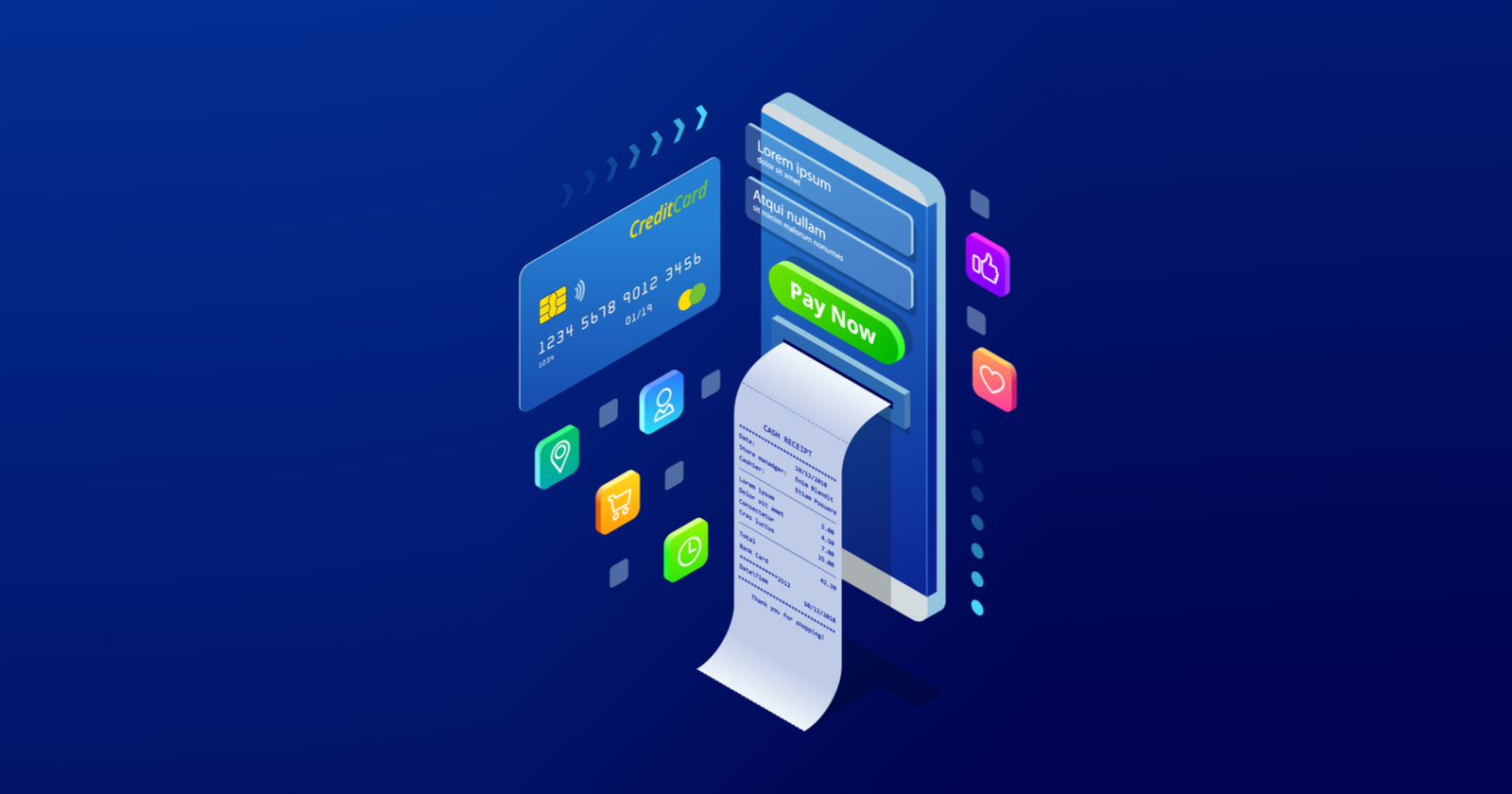The global pandemic has affected almost every domain of our daily lives. Digital payments have been the most visible and impactful change that has affected people in every sphere regardless of location or the economic strata they belong to. Online payment frameworks have gained national acceptance as more and more people switched to digital payments in an attempt to maintain zero contact.
While the pandemic accelerated the digitization of payments, the rise of digital payment solution adoption had started a few years ago. Paper-based payment modes like cheques or demand drafts saw a steady decline in value and usage as the instant digital payment user base skyrocketed.
With national and global economies getting back on track slowly, digitization is not just a simple solution for retailers and customers but also a vital element that contributes to economic recovery.
In 2020-21, the market for digital payments at retailers has grown exponentially. This was a result of more people refraining from using cash so as to not get infected. According to data shared by the Reserve Bank of India (RBI), of the total non-cash payments made during 2020-21, digital transactions made up 98.5% with the most used payment method being credit transfers. In 2019, this number was 97%.
A large section of the population chose to make digital payments using credit cards, a legacy payment method that has been popular for decades. However, other rising modes of digital payments include NEFTs (National Electronic Funds Transfer), UPI (Unified Payments Interface), IMPS (Immediate Payment Service), and BHIM Aadhar Pay. Besides government-backed payments modes, private FinTech firms also thrived during the pandemic. Names like Google Pay, PayTM, PhonePe and MobiKwik saw a significant rise in traction. According to industry experts, these companies are bound to thrive in the market because they offer a new level of easy accessibility. This will be a significant driver for consumer adoption in the years to come. According to one research report titled ‘India Payments Market Report 2021-2027: Digitisation in Payments Has Gained Significant Momentum’, the Indian market for digital payments will reach a valuation of Rs. 280.84 trillion in 2027.
Benefits of Digital Payments in Retail:
1. The chances of fraud have reduced and security is enhanced.
According to the PSD2 (Payment Service Directive 2), digital payment platforms must implement a two-factor authentication system called 3DS2 (3D Secure 2.0). This ensures proactive payment fraud management and strong customer authentication (SCA). 3DS2 is also instrumental in enabling the usage of digital payments and securely connecting with customers across global locations.
These security measures are aided by eight-digit BINs (bank identification numbers) that were introduced to increase the security between unique identifiers and individual users. Fraud management is as advanced today as it has ever been, working proactively rather than reactively and set to improve further in the coming years.
2. New digital payment solution options and vendors are entering the market.
In the last couple of years, markets have welcomed a wide range of payment options and players into the fold. More stores are partnering with these payment platforms to provide personal membership programs and credit cards that will reward frequent shoppers with privileges and perks.
Also Read: How to Accept Payments Online For Your Small Business?
BNPL (Buy now, pay later) platforms such as Affirm, Klarna, and Afterpay allow online users to buy products by breaking down their purchases into small payment amounts with zero fees or interest as long as payments are made on time. eCommerce ventures today have partnered with Apple and Google Pay to provide exclusive promotions on their platforms. Meanwhile, several companies have started accepting cryptocurrency as a method of payment.
3. eCommerce and subscriptions are on the rise.
In the world of online subscriptions, e-commerce providers are coming up with new methods of personalizing the customer experience to reduce payment process friction. According to Retail Consumer Experience, 63% of digital consumers today expect customized experiences from subscription providers. For this reason, many subscribers can create personal bundles by choosing various aspects of plans that can meet unique customer requirements. Sometimes, this even means down-selling to provide a better solution. Several subscription service providers also allow users to pause subscriptions temporarily instead of canceling them entirely. This ensures that even if the consumer is not paying immediately, they are not lost forever.
Conclusion:
It appears that the global pandemic has changed the business world permanently. Research shows that about 67% of consumers around the world believe the pandemic has facilitated the vital shift towards digital payments that has encouraged wider contactless and remote payment methods. According to the Visa Back to Business Study of June 2021, 68% of polled consumers from nine countries confirmed that the Covid-19 pandemic has forever transformed how they pay for products and is a permanent change for them.
Any business that is yet to adopt a digital payment solution must advance along its digital transformation journey so that it remains in the competition.


